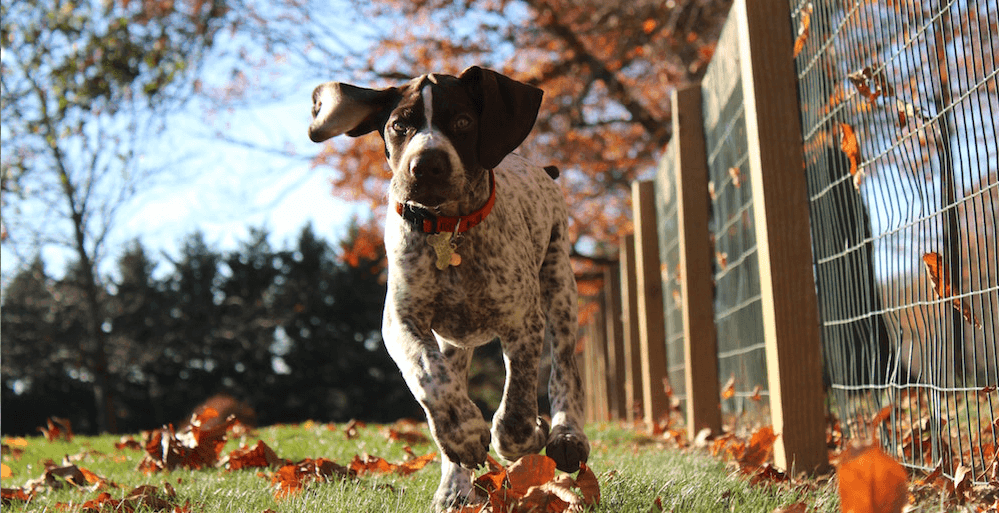As all pet professionals will appreciate, it takes more to run a pet sitting business than the ability to play with dogs, cuddle cats and remember to feed them.
Every pet sitter will make a myriad business decisions throughout their career that will help set them on the path to success, or failure—if they happen to make the wrong decisions!
Being aware of the common business mistakes that pet sitters make can help you avoid making the same pet business failures yourself. And set you apart from your competitors.
Mistake #1—Not creating procedure and policies from the start
Eager to get your business up and running, perhaps you didn’t get around to detailing your policies and procedures. Fast-forward a couple of years and a client asks if you can look after her daughter’s dog as well as hers (For no extra charge. It’s just a little pug!). You advise no. But she reminds you that you did it for the lady who lives in the next suburb (who she happens to know very well!).
What if someone asks if they can pay you on return from their travels? Or they ask you to do housework for them (while the cat’s sleeping). Thinking of all the likely (and unlikely) questions client’s might ask at the very beginning and putting these into a policy will help avoid any awkward moments.
Mistake #2—Under valuing your service
Many start-up businesses fall into the trap of setting their prices too low at the very beginning. Under-cutting competitors might initially seem like a sound strategy to attract new business. But it may jeopardize the longevity of your pet sitting business (not to mention attract a few industry enemies!).
Additionally, low rates are likely to appeal to a certain ‘breed’ of clientele—it’s more likely you’ll be a magnet for pet owners who base their decisions on price alone, rather than the quality of care and high level service their pet will receive.
Research what other pet sitters in your area charge. You might follow a similar fee structure (if it works for your business and your overheads), but if you are going to charge more, be sure to differentiate your business offering and ensure your clients are aware of why they are paying a little extra.

Mistake # 3—No insurance or the wrong insurance
Just like a business plan, insurance is essential for any business—but particularly one that cares for people’s beloved fur babies. You can be the most caring, cautious, responsible and clever pet sitter, yet accidents can still happen. In fact they do!
Let’s just imagine that a dog in your care escapes into the neighbour’s garden and bites their child on the face. Or jumps onto a table and breaks a hugely expensive ornament. Or runs out into the street, gets knocked over and need emergency veterinary care. Oh gosh…just imagine!
Insurance is about being prepared for the unexpected and when you work with animals it’s vital. Typically, you might consider professional indemnity, public liability and personal accident insurance—but with a range of options out there, it is worthwhile tailoring insurance to your specific business needs.
Mistake #4—Travelling wide and far to secure a client
It can be tempting to say “yes” to a client’s needs just to win their business, but you have to be realistic. Establishing a ‘service area’ is one of the factors that will affect your overhead costs and ultimately the fee you charge. If 10 months or two years down the line you’re travelling across eight suburbs to get to your client’s house your revenue potential is likely to decrease.
Remember, your service area is important for many reasons including:
- Long travel times can disrupt your client schedule, ultimately losing you business
- Travel times can impact your work-life balance
- It will affect yearly mileage
- It will impact petrol cost
Mistake #5—Going it alone
Pets might be your passion and yes animals are great companions, but pet sitting can become a lonely career. Building a rapport and strong inter-personal relationships with other professionals in the pet industry is great for social connectivity.
Get in touch with other pet sitters, dog walkers and local vets and ask if they’d be happy to catch up for a coffee. Arranging a simple ‘meet and greet’ is a great way to break the ice.
Plus, from a client’s perspective, having a pet sitter that knows the local vet or is great friends with other pet sitters and dog walkers in the area gives peace of mind.
Joining an industry organisation, such as the Pet Industry Association, can also be beneficial. It’ll help keep you up to date with best practice principles, the latest news and can connect you to other industry experts.
Latest posts by Liz Walden (see all)
- Pet health: Medicinal cannabis for pets - December 27, 2021
- What pet business insurance do I need? - November 17, 2021
- Pet sitters: how to take time off - November 15, 2021










Thank you for this information it is very helpful. I am just researching the possibility of setting up a pet sitting business so I need all the information I can get.